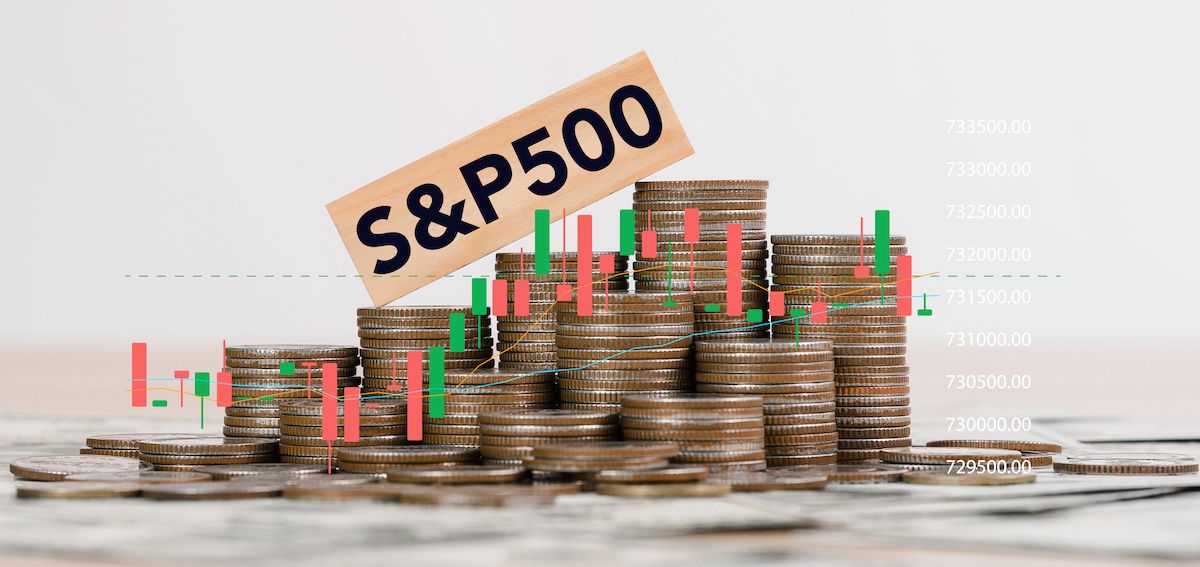- Revenue Cycle Management
- COVID-19
- Reimbursement
- Diabetes Awareness Month
- Risk Management
- Patient Retention
- Staffing
- Medical Economics® 100th Anniversary
- Coding and documentation
- Business of Endocrinology
- Telehealth
- Physicians Financial News
- Cybersecurity
- Cardiovascular Clinical Consult
- Locum Tenens, brought to you by LocumLife®
- Weight Management
- Business of Women's Health
- Practice Efficiency
- Finance and Wealth
- EHRs
- Remote Patient Monitoring
- Sponsored Webinars
- Medical Technology
- Billing and collections
- Acute Pain Management
- Exclusive Content
- Value-based Care
- Business of Pediatrics
- Concierge Medicine 2.0 by Castle Connolly Private Health Partners
- Practice Growth
- Concierge Medicine
- Business of Cardiology
- Implementing the Topcon Ocular Telehealth Platform
- Malpractice
- Influenza
- Sexual Health
- Chronic Conditions
- Technology
- Legal and Policy
- Money
- Opinion
- Vaccines
- Practice Management
- Patient Relations
- Careers
The S&P 500 may not be what you think
Physician investors need to know about what they own – and names can be confusing.
© Deemerwha studio - stock.adobe.com

Perhaps no stock index is cited as widely as the Standard & Poor’s 500.
It’s mentioned everywhere in investment literature, and many investors use it as their benchmark – the standard against which they measure their portfolios’ performance. A Google search of “S&P 500” in February produced about 389 million results.
Many people believe this index generally represents the broad performance of its constituent stocks. But it actually doesn’t, nor is it designed to.
That’s because stocks in the S&P 500 aren’t equally weighted. Rather, they’re capitalization-weighted, meaning that their impact on the index is proportional to their market capitalization, the total value of a company’s shares. The market caps of companies in the index range from a few billion dollars to a few trillion, so the impact of huge companies is highly disproportionate.
Bob Auer

In noting the index’s daily performance, investors unaware of this dynamic may get a false impression of the performance of companies of more typical or average size.
The Magnificent Seven
This is currently the case because of the stellar performance of seven huge tech companies called the Magnificent Seven, a moniker these stocks acquired last year, an allusion to the classic 1960 Western film by that title starring Yul Brynner and Steve McQueen.
These seven companies are: Apple, Microsoft, Alphabet (owner of Google), Amazon, Meta Platforms (owner of Facebook), Nvidia and Tesla. By market cap, the seven are among the 10 largest companies in the world. And in late January, they collectively accounted for about 28% of the S&P 500’s performance.
For 2023, the Magnificent Seven posted an average return of 111%, compared with only 24% for the index. The performance of many of the other 493 companies wasn’t particularly good.
As the name of the S&P 500 index doesn’t disclose its cap-weighted nature, some might say that this plain-vanilla title is implicitly disingenuous. Yet, neither the index nor those selling funds tracking it claim that it reflects an average.
Equal-weighted funds
Some investment companies offer S&P 500 funds in which all stocks, regardless of their market cap, are more or less equally weighted. So, unlike the S&P 500 per se, these indexes basically reflect the average performance of the 500 stocks.
One such product is Invesco’s S&P 500 Equal Weight ETF (RSP), introduced when I was a young broker with Morgan Stanley. Month-end prices from the product’s first month end (April, 2003) to January, 2024 show how one can exceed the S&P 500 by doing the 500 a different way.
From April 2003 to January 2024, RSP’s total return was 525%, versus 443% for the cap-weighted S&P 500. But for the last half of this period, the 10 years between January 2014 and January 2024, the cap-weighted index dominated, with returns of 179% to RSP’s 131%.
What happened? The advent of megacap tech companies.
The Digital Revolution
Every industrial revolution in history has been driven by new technology. The digital revolution, which started in the late 20th century with Microsoft and Apple, has accelerated apace in the 21st. Previous revolutions produced the steam engine, oil and railroads. The digital revolution is now bringing us edge computing, advanced semiconductors and generative artificial intelligence (AI).
Over different periods, different groups of colossal companies have dominated the S&P 500. Before the Magnificent Seven, it was FAANG – Facebook, Apple, Amazon, Netflix and Google.
Doubtless, the names of huge stocks dominating the index will continue to change over time. The next dominant group might be what a hedge fund manager recently dubbed the AI 5: Microsoft, Nvidia, AMD, Taiwan Semiconductor and Broadcom. Yet, if smaller companies in the S&P 500 perform better and the growth of megacap companies (both tech and nontech) levels off, as some analysts are forecasting for later this year, then the S&P 500’s performance readings could become more broadly representative.
The S&P 500’s cap-weighting may not be clear to the uninitiated, but it is for those who do a little research. The key is to look up index-tracking funds on your brokerage’s website to see what companies are involved and how they’re weighted.
Know what you own
The percentage of any stock reflected by the S&P 500 at any given time can be easily found online. As market caps wane and was, some big tech companies may fall out of the Mag Seven (for example, in January, Tesla), only to re-enter the group when their stock prices rebound.
The impact of huge companies on the index is kind of like a large day-fishing boat where all the passengers go to the same side to bottom fish. The result is an imbalance. In investing, this imbalance can wreak havoc with the asset allocations of the unaware.
If a big chunk of your portfolio is in an S&P 500 fund and you also own shares of Magnificent Seven stocks individually, you may have far more exposure to big tech than you think – and perhaps a lot more than your asset allocation warrants. In late February, when the S&P 500 was 7.1% Microsoft and 6.3% Apple, $500,000 invested in a fund tracking the index meant $35,500 in Microsoft and $31,500 in Apple.
But it also meant that you wouldn’t even have $100 of the $500,000 allocated to the 500th name in the index in February – V.F. Corp, owner of The North Face, Dickies and dozen other top clothing brands, with sales exceeding $10 billion annually. In dollar allocation, the amount in the bottom 100 stocks in the index wouldn’t even have added up to the amount allocated to the top stock!
There’s nothing wrong with investing in a cap-weighted fund, as long you understand the risks involved. Yet long-term, a large portfolio allocation to the S&P 500 may not make sense for many investors. For example, physicians just starting out at the age of 30 with a big allocation to an S&P 500 fund would have boatload of tech-sector concentration risk – perhaps much more than they might want, especially if holding this investment until retirement.
For investors who don’t mind the S&P 500’s disproportionate exposure to huge companies but want proportionate exposure to the rest of the index, an applicable strategy might be to play the equal-weighted index off the cap-weighted by owning shares of funds tracking each.
The important thing is that you’re aware of precisely what investments you own, and in what measure, so you can manage your portfolio’s exposure to risk.
Robert C. Auer is the founder of SBAuer Funds LLC, based in Indianapolis, and has served as the Senior Portfolio Manager for the Auer Growth Fund (AUERX) since its inception in 2007. The fund has a strict value discipline – a focus on buying undervalued stocks with significant potential for growth.
Previously, he served as vice president of investments for Morgan Stanley. He is a former stock market columnist for the Indianapolis Business Journal, where he wrote more than 400 weekly columns on a wide range of investment topics. He holds a bachelor’s degree in business systems from Taylor University.
The companies mentioned in this article may be held by Auer Funds LLC or related persons. Therefore, there may be a conflict of interest in that advisers may have a vested interest in these companies and statements about them.
